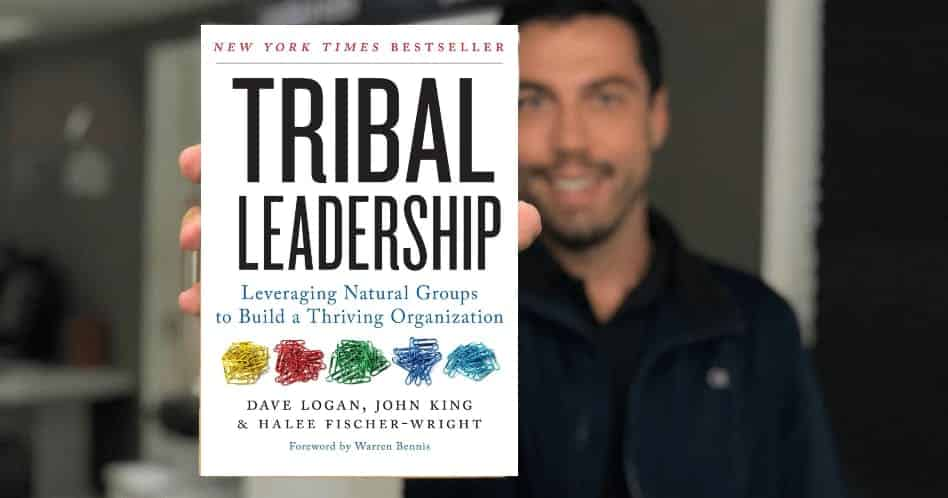
Tribal Leadership - Dave Logan, John King and Halee Fischer-Wright
Learn here a different approach to organizational culture, through which you will be able to develop tribes within your company, as well as evolve your team to achieve operational excellence.
Choose language:
